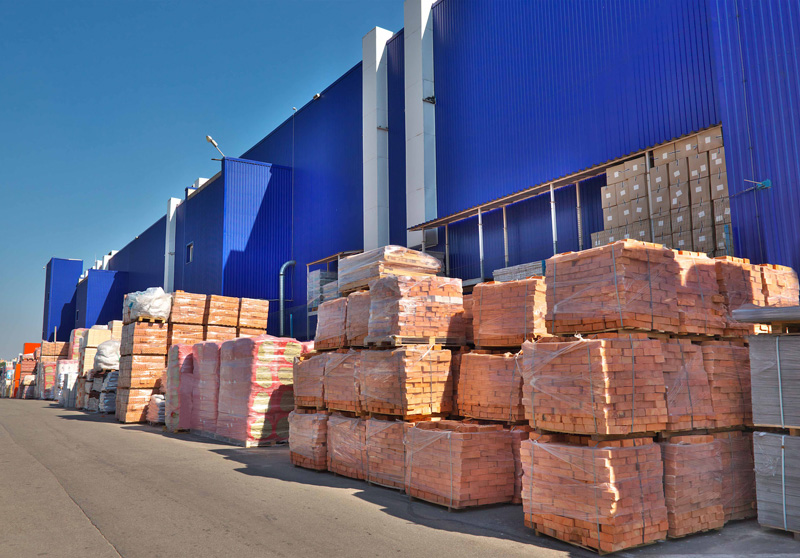How thin cell batteries improve asset tracking
An Australian dog named Jimpa, travelled 2,000m to make his way home after losing his owner while working at a farm. We may wish that our lost possessions had an inbuilt tracker to return themselves to home, but with the development in asset tracking technologies, tracking of valuable items is improving. J.D. DiGiacomandrea, Applications Manager at Ultralife, looks at how the development of thin cell battery technology has helped companies to keep a better track on their precious items.
Construction materials
Anyone who has worked on a construction site will tell you that deliveries are constantly coming and going, making it a suitable spot for thieves to operate.
Materials such as metals can reach high values on the black market, so the risk of theft is ever present.
In the US, the National Equipment Register (NER) estimates that the value of construction equipment stolen every year is between $300m and $1bn. Not only does this equipment have to be replaced, but there are additional costs with renting replacement equipment, delays and increased insurance premiums.
There is therefore a strong demand for asset tracking on construction sites, which must have a reliable and long lasting power source to maintain accurate tracking. Tracking devices should also be as small as possible, as if the device is easily spotted on the valuable item, the thief may simply remove it.
Using a thin cell battery allows the valuable materials in the construction yard to have a discreet tracker that can monitor where the materials are, meaning they can be tracked in the case of theft and the culprit can be identified.

Cash-in-transit
Naturally, Cash and Valuables In Transit (CVIT) are a key target for thieves. There are numerous deterrents, including SmartWater security dye systems or exploding glue, but tracking devices in cases are commonly used to help the police track down stolen items.
In this situation, the smaller the tracker, the less noticeable it is to thieves. This means that the criminals are less likely to simply rip out the tracker immediately, reducing the likelihood of the authorities finding the items.
Not only is the size of the thin cell advantageous in this situation, the battery is designed with optimised current collectors to ensure it can deliver high bursts of energy. This is particularly useful for Radio Frequency (RF) transmitters, as used in tracking devices.
Consumer tracking devices
Tracking devices are not only used for valuable business items but are increasingly used by consumers to keep track of items. Not only can they be used for items of monetary value such as mobile phones, they can also be used for items with a sentimental value such as a child’s teddy.
One brand uses Ultralife’s Thin Cell batteries in its trackers due to the reliability and size of the batteries. The trackers use Bluetooth technology to feed a signal back to the app to alert the user of the item’s location.
All the components inside the battery must be small to ensure that they can be attached to small items such as keys, without adding additional bulk. They must also be long lasting, as the company guarantees that the tracker has a lifespan of a year, without having to replace the battery.
With the rise of connected devices in the industry, business and consumer sectors, tracking devices are increasingly playing a role. The development of thinner, yet still energy dense, battery technologies such as Ultralife’s Thin Cell batteries helps tracking devices to be more discreet and used in even more applications in the years to come.
Your possessions might not find their own way back like Jimpa did, but you’ll be able to find your way back to them.


